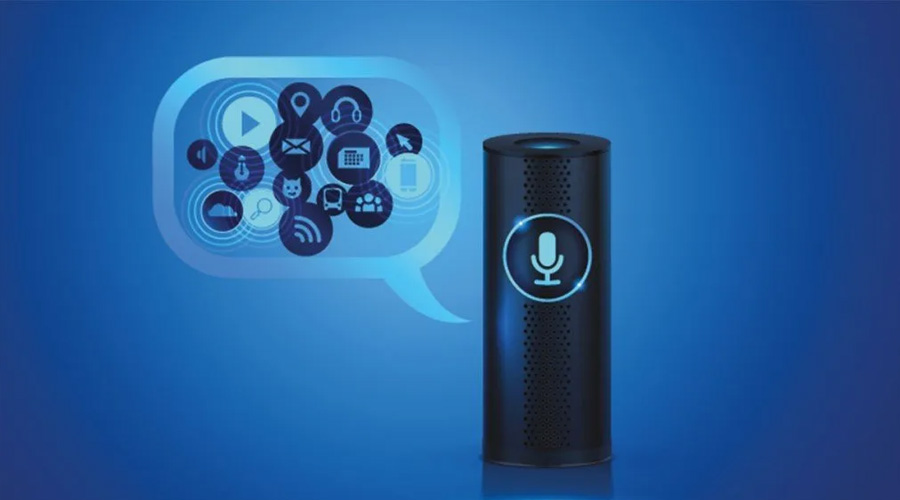Introduction
The realm of AI voice technology is venturing into endless possibilities, delving into domains that have never been thought of before.
Nobody imagined that voice AI would become the backbone of search and commands. However, AI voices have made it a lot easier, less costly, and more practical for businesses and consumers to interact with one another.
Voice AI mediates between humans and technology through efficient data translation. It also prepares the path for the next-gen human-computer interaction. With the support of continual interconnection between people and machines, speech AI becomes ever more sophisticated and responsive.
Let’s discuss more of the prospects of AI voices.
Top 4 Applications of AI Text to Speech That are Shaping the Future
1. Delivering localized experiences to consumers
Businesses can now customize the speech of AI voice technology to resemble their customers’ accents and enunciations.
AI voice technology breakthroughs enable companies to select from a range of languages and tailor their broadcasts to distinct regional dialects and accents. It leaves a positive, influential impact on consumers when they interact with their preferred brands and experience familiar local dialects and tones of voice.
Thus, the future of AI text-to-speech appears promising, with some high-quality natural text-to-speech Voice Avatars that are barely distinguishable from human voice artists.
2. Personalized advertising for products and services
Businesses are frequently required to generate numerous variations of a particular advertisement. Localization across worldwide languages, ethnicities, and marketplaces is sometimes essential.
With AI voice technology, businesses can produce thousands of variations on a text-to-speech interface in a matter of seconds.
Organizations can use AI voice technology to upload scripts and choose a lifelike voice that best illustrates their idea.
Even better, they can generate and deliver all of the personalized advert experience from the conveniences of their computing devices and systems, wherever they are in the world.
3. Providing tailored customer service and support
Organizations have already started utilizing AI voice technologies for customer support operations.
Customers calling banks, medical clinics, and grocery stores, for example, most probably deal with prerecorded messages from AI text-to-speech systems.
Studies show that organizations can reduce the call-center customer handling times by at least forty percent after utilizing AI voice recording technology.
So, instead of extended wait times to engage with a customer service agent, AI voices provide visitors with the support and knowledge they seek.
4. Smart home devices for all family members
AI voices are used in products that people engage with at home to make life more convenient. Users may nowadays use simple voice commands to turn lights on and off, control appliances, lock doors, book a cab, and play music.
AI voice is often used by smart gadgets to connect with users and interpret commands and requests.
Additionally, nowadays, AI voice assistants and software enable users to recognize contact numbers, make and receive, and navigate routes using only their voices – no fingers required.
The speech of the home device gradually becomes another voice in the household, a reliable companion to cater to the needs and make house chores seem more personalized.
Top Concerns about AI Voice’s Future
1. User privacy concerns
When AI voice technology becomes more widely available, privacy concerns may arise. To prevent that, make sure you’re dealing with a genuine contact number or service, and avoid providing private information over the internet.
2. Deep fakes
A deep fake is a type of synthetic media in which photographs and videos are replaced with someone’s identity. Only genuine, text-to-speech platforms must get consent to create and use voice avatars of individuals.
Conclusion
Despite the potential threat to privacy and security, the perks of AI voice technology far exceed the drawbacks.
Consumers benefit from hands-free solutions, reduced wait and response times, and personalized experiences, while organizations benefit through more cost-efficient and appealing user experiences, marketing, and customer support interactions.
Lucas Noah, armed with a Bachelor’s degree in Information & Technology, stands as a prominent figure in the realm of tech journalism. Currently holding the position of Senior Admin, Lucas contributes his expertise to two esteemed companies: OceanaExpress LLC and CreativeOutrank LLC. His... Read more
